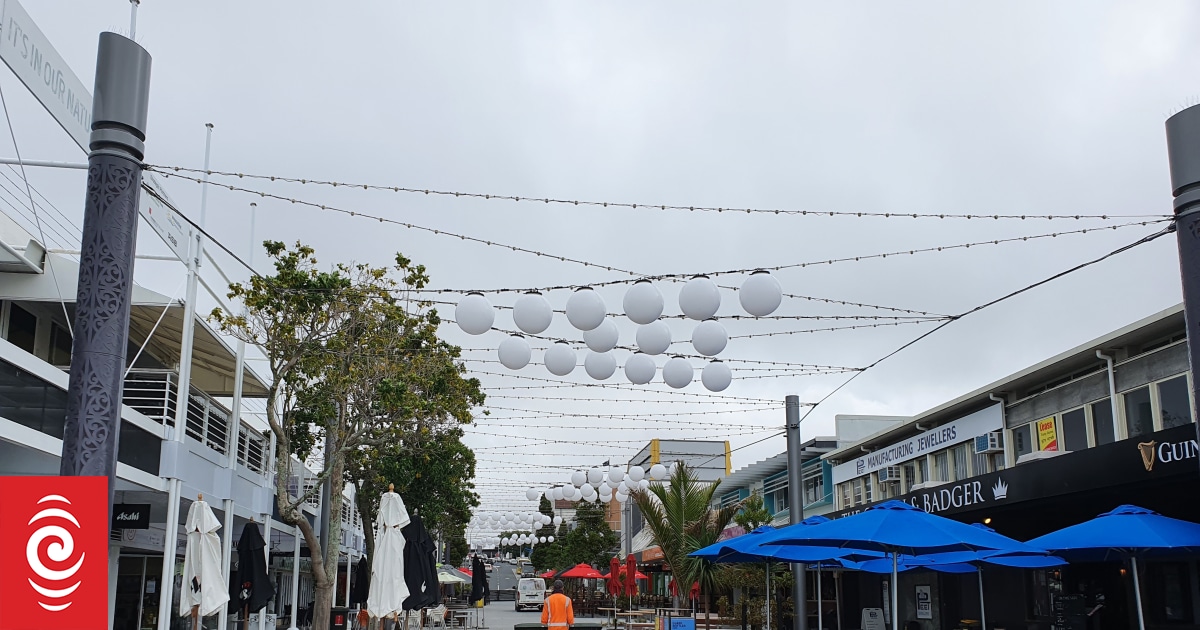The New Zealand economy slipped into recession at the start of the year.
Stats NZ figures showed gross domestic product (GDP), the broad measure of economic growth, fell a seasonally adjusted 0.1 percent in the three months ended March.
It was the second consecutive quarter of negative economic growth, following the previous quarter’s revised fall of 0.7 percent. That meets the technical definition of a recession.
The result was in line with economists’ expectation of a 0.1 percent contraction in a poll by Reuters, and at odds with the Reserve Bank forecast of 0.3 percent growth.
Most parts of the economy slowed or contracted, with services, exports, and agriculture offsetting a slight rise in construction.
Business services were the biggest downwards driver, falling 3.5 percent, Stats NZ said.
“Management consulting, advertising, scientific, and engineering design services drove the fall in business services,” Stats NZ economic and environmental insights general manager Jason Attewell said.
The result included the initial impact of Cyclone Hale and Cyclone Gabrielle, and the teachers’ strikes, Stats NZ said.
Agriculture, forestry and fishing contracted 0.7 percent, manufacturing fell 1.1 percent, and education and training fell 1.9 percent.
“The adverse weather events caused by the cyclones contributed to falls in horticulture and transport support services, as well as disrupted education services,” Attewell said.
“Fewer teaching days led to falls in primary and secondary education services,” he said.
The last time New Zealand’s economy entered a technical recession was in 2020 as economic activity slowed due to the first Covid-19 lockdown and border closures.
However, that recession was short-lived as activity rebounded as restrictions were eased.
The Reserve Bank had forecast the country would slip into recession in the second quarter of 2023, while the Treasury was more upbeat and expected the country to avoid recession.
The RBNZ signalled last month it had ended its tightening cycle, after raising the official cash rate by 25 basis points to 5.5 percent. Awkward outlook for the economy - Kiwibank
Kiwibank chief economist Jarrod Kerr said the result did not have any surprises.
The bank forecast further contractions in the year ahead.
“The outlook remains awkward, to put it politely. We expect further contractions in economic activity over 2023, and possibly into 2024,” Kerr said.
Household consumption was contracting and business and household confidence remained low.
“Demand is being weighted down by rising interest rates. If households spend less, which is what we are seeing, then the economy will contract harder,” Kerr said.
“If businesses pull back on their hiring and investment, which is what we’re hearing, then the economy will contract harder,” he said.
Kerr said the forecast slowdown, with rising labour supply driven by migration at a time of weaker demand, could mean unemployment rises to 5 percent to 5.5 percent in 2024.
Westpac senior economist Michael Gordon said it was clear that the New Zealand economy was losing momentum.
“That’s to be expected - indeed it would be staggering if it didn’t happen - in light of the substantial rise in interest rates over the last two years,” Gordon said.
“What remains to be seen is whether things have slowed enough to put us on a path back to low and stable inflation,” he said.

